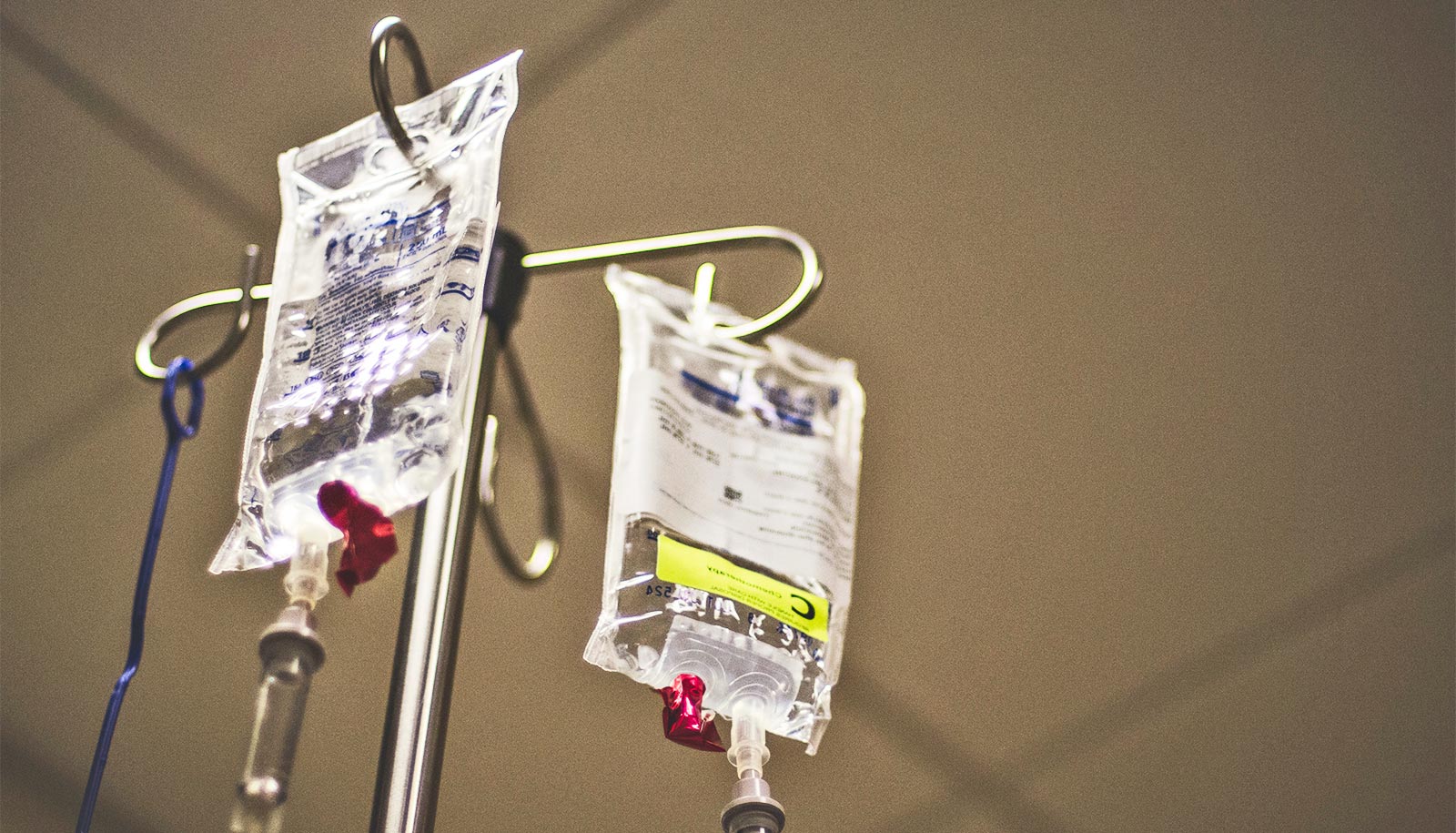Tuberculosis is a recognized hazard for health care workers, but screening them every year—the current practice in the Canada and the United States—is costly, has very limited health benefits. and should be reconsidered, according to a new study.
Health agencies in North America should consider switching to a targeted strategy focusing on high-risk health care workers only, advise the researchers.
“The background rate of TB in North American communities is much lower today than it was 25 years ago when there were epidemics of TB in cities across the United States. As such, the risk of health care workers being exposed and infected at work is also much lower,” says Kevin Schwartzman, professor of medicine at McGill University.
“Our results suggest the annual TB screening protocol should be changed to reflect more accurately the epidemiology of TB in North America and potentially in other high-income countries, such as those in northern Europe.”
Researchers used published data to simulate the experience of a cohort of 1,000 workers who received a baseline negative test after hiring—considering duties, tuberculosis exposure, testing, and treatment.
Herbal medicine may make tuberculosis easier to treat
They compared the cost-effectiveness of three screening strategies: annual screening (for all workers with significant patient contact), targeted screening (regular screening of only the highest risk workers), and post-exposure screening (screening only after identified exposure).
Two tests to diagnose TB infection were considered: the tuberculin skin test (TST) and the newer QuantiFERON-TB-Gold In-Tube (QFT) test. The QFT test is more expensive to use than the TST test, with limited, or no, additional benefits.
“We projected costs, morbidity, quality-adjusted survival, and mortality over 20 years after hiring. One of the most striking findings was that the current annual screening strategy costs over $1.7 million to prevent one additional case of active TB in a healthcare worker, when compared to a more targeted screening strategy, which in turn costs around $400,000 more per additional case when compared to the post-exposure screening protocol,” says first author Guillaume Mullie, a fourth-year medical student.
“The costs of current practices are quite significant for the healthcare system, and reconsideration of this long-standing recommendation may be warranted.”
Infections that stick around can be good for you
“Additionally, the more you test health care workers without true exposure, the more likely it is that when you do find a positive test it will be a false positive because the tests are never perfect,” Schwartzman says.
Health care workers should not be called back routinely every year for testing just because that’s the protocol. Instead, only workers at a particularly high-risk, for example respiratory therapists performing bronchoscopies, or microbiology laboratory workers, should continue to be tested regularly regardless of stated exposure. Other workers should be evaluated only after exposure to a contagious patient.
“Resources currently allocated to routine TB testing for healthcare workers in North America could instead be used to increase access to prevention, treatment and testing infrastructure, and support in communities that are at higher risk of developing TB disease such as homeless, foreign-born, and indigenous people,” Schwartzman says.
The paper appears in BMC Medicine.
Source: McGill University



